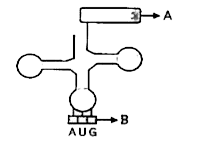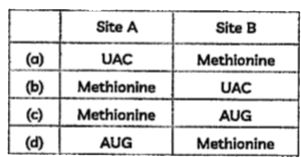An activity which results in value addition is
consumption
investment
production
exchange.
The correct Answer is:C
Step by step video, text & image solution for An activity which results in value addition is by Economics experts to help you in doubts & scoring excellent marks in Class 12 exams.
Updated on:21/07/2023Topper's Solved these Questions
- CIRCULAR FLOW OF INCOMEBook:RADHA BHUGANAChapter:CIRCULAR FLOW OF INCOMEExercise:OBJECTIVE TYPE QUESTION
Explore 6 Videos
- CIRCULAR FLOW OF INCOMEBook:RADHA BHUGANAChapter:CIRCULAR FLOW OF INCOMEExercise:CONCEPTUAL QUESTIONS
Explore 5 Videos
- CIRCULAR FLOW OF INCOMEBook:RADHA BHUGANAChapter:CIRCULAR FLOW OF INCOMEExercise:LONG ANSWER TYPE QUESTION
Explore 4 Videos
- BankingBook:RADHA BHUGANAChapter:BankingExercise:Short Answer Type Questions
Explore 2 Videos
- EXCESS DEMAND AND DEFICIENT DEMANDBook:RADHA BHUGANAChapter:EXCESS DEMAND AND DEFICIENT DEMANDExercise:LONG ANSWER
Explore 6 Videos
Similar Questions
Knowledge Check
Which of the following human activities results in global warming?
AFishingBMiningCCultivationDAfforestationMutational events, which result in the deletion or addition of nucleotide bases in DNA, thereby causing gross changes.in the amino acid sequences of proteins are termed as
APoint mutationsBForward and backward mutationsCTransversionsDFrameshift mutationsThe addition of a nitric solution to a solution of KI followed by acidification with acetic acid, results in the liberation of iodine, which may be identified by following:
AStrach pasteBChloroform layerCCS2 layerDconc. HCI

AUG on the mRNA will result in the activation of which of the following RNA having correct combination of amino acids:

View Solution
AUG on the mRNA will result in the activation of which of the following RNA having correct combination of amino acids:

View SolutionA certain oscillation results from the addition of coherent oscillations of the same direction results from the addition of coherent where k is the number of the oscillation (k=1,2,……….,N),φ is the phase difference between the kth and ~(k−1)th oscillations. Find the amplitude of the resultant oscillation.
View SolutionThe meaning of resultant is always addition or not and why it can not be multiplication?
View SolutionWhich is not an example of addition polymer?
View Solution